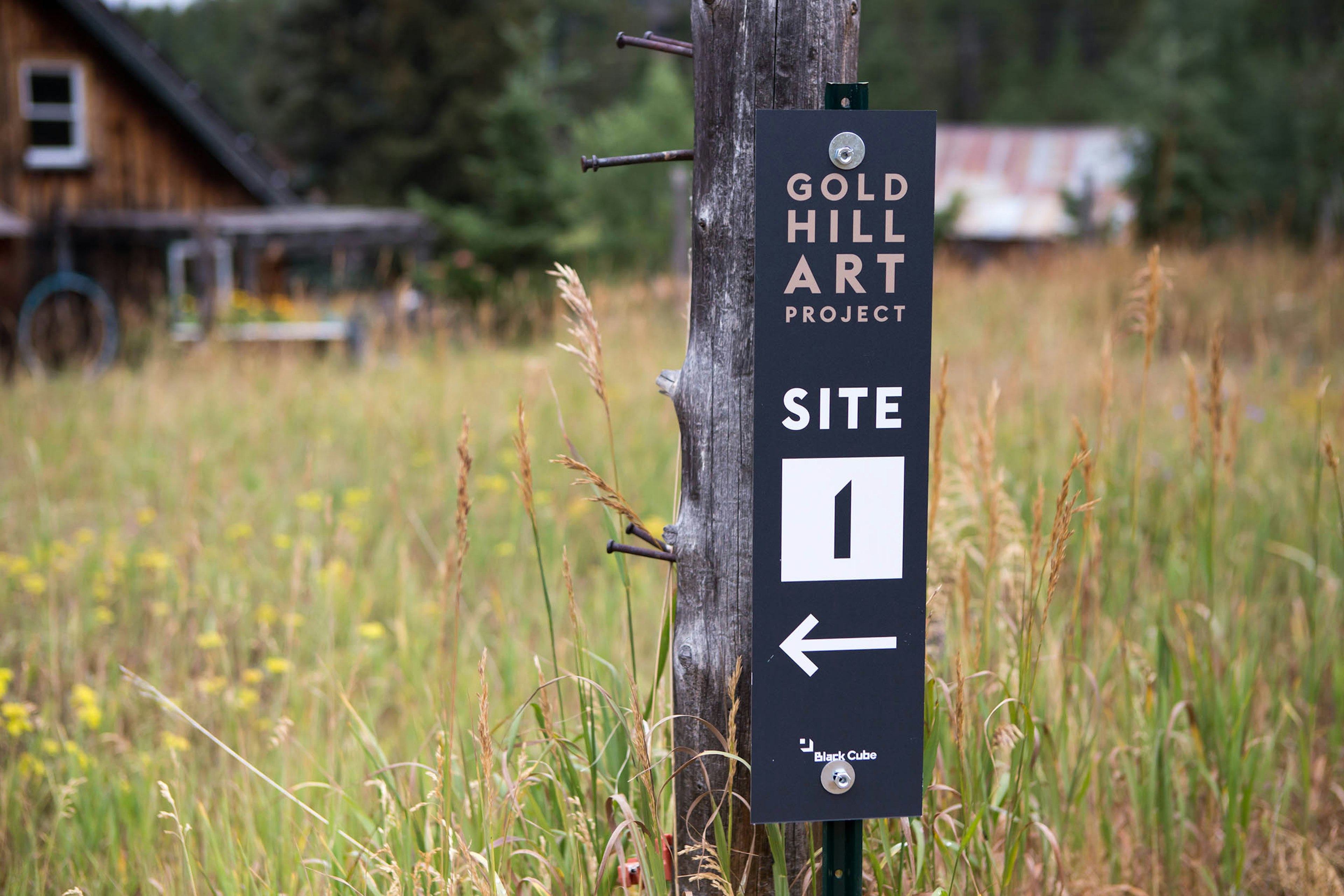Gold Hill Art Project


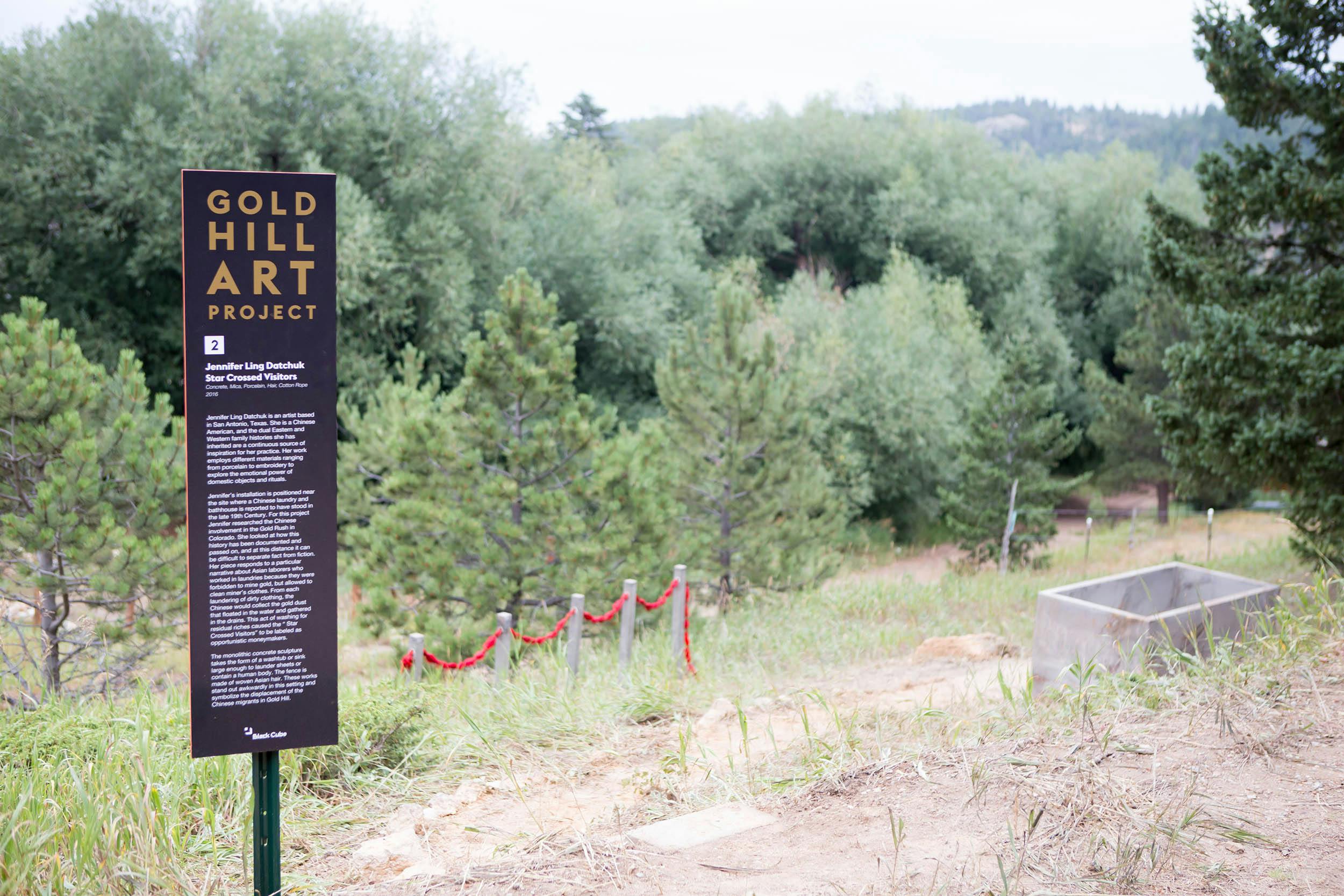
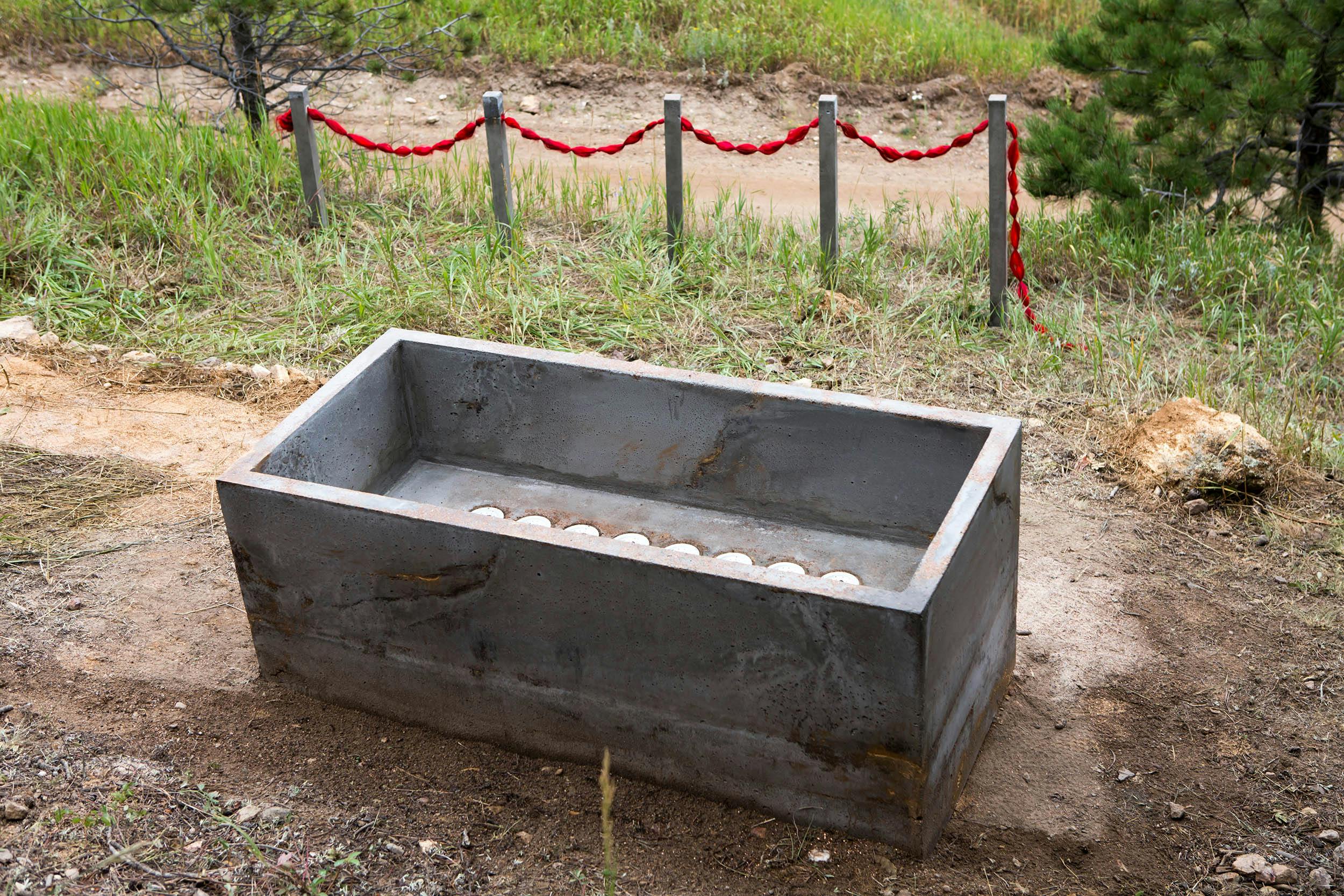
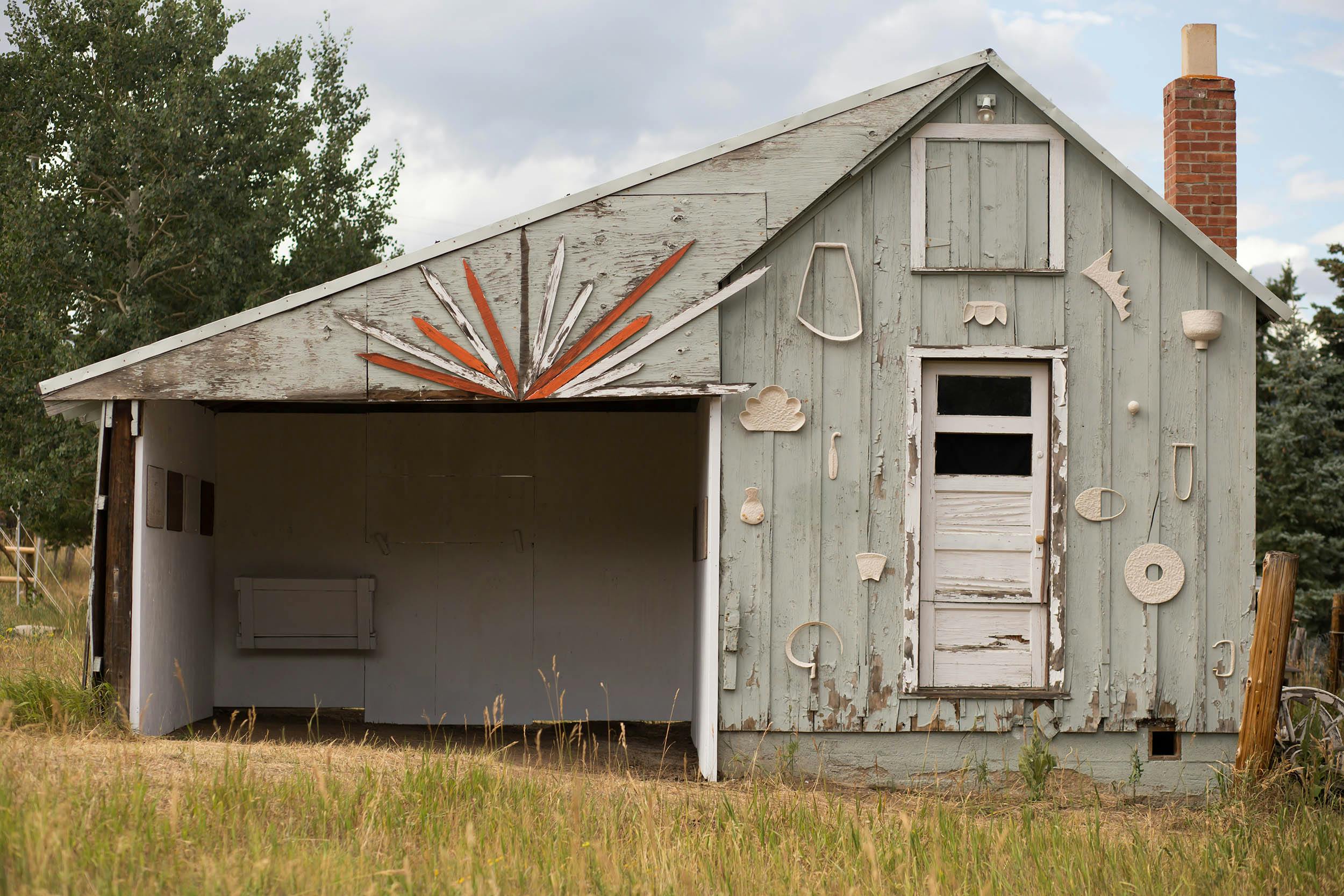
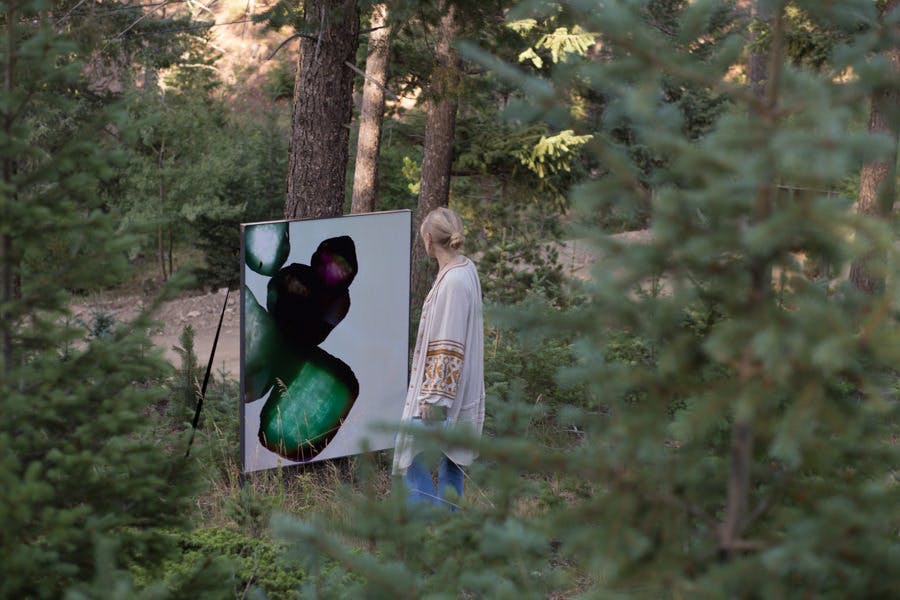
August 6 – September 5, 2016
Molly Berger, Jennifer Ling Datchuk, and Eric Stewart were 2016 Black Cube Artist Fellows. Gold Hill Art Project was a group exhibition situated in the historic Colorado mining town of Gold Hill and was guest curated by Laurie Britton Newell.
Gold Hill Art Project
Molly Berger, Jennifer Ling Datchuk, and Eric Stewart
The Gold Hill Art Project brings together a series of site-specific contemporary art installations situated in cabins and open spaces in the historic mining town of Gold Hill. Three Black Cube Artist Fellows – Molly Berger, Jennifer Ling Datchuk and Eric Stewart – have created new works that respond to the local history and surrounding landscape. Collectively these artworks draw together layers of past and present. They form a walking art tour that offers visitors alternative ways of experiencing this unique place.
Molly Berger, Mementos/Monument
Molly created a series of porcelain and gold sculptures inspired by mining tools and objects from domestic life, dating from the town’s mining boom in the late 19th Century. She has installed them on the outside of this historic cabin. The act of taking a useful object and displaying it on a wall is a familiar sight in Gold Hill. It changes the status of the object from functional to commemorative, practical to decorative. Aesthetic decisions such as this one parallel the town’s transition from a mining town to a holiday retreat in the early 20th Century. In the interior, Molly exhibits a collection of sentences taken from conversations she had with Gold Hill residents. In preparation for this project, Molly interviewed inhabitants about their lives. She was moved by the way in which she was welcomed into people’s homes and shared intimate and profound life events with her.
Jennifer Ling Datchuk, Star Crossed Visitors
Jennifer's installation is positioned near the site where a Chinese laundry and bathhouse is reported to have stood in the late 19th Century. For this project Jennifer researched the Chinese involvement in the Gold Rush in Colorado. She looked at how this history has been documented and passed on, making it difficult to separate fact from fiction. Her piece responds to a particular narrative about Asian laborers who worked in laundries because they were forbidden to mine gold, but allowed to clean miner’s clothes. From each laundering of dirty clothing, the Chinese would collect the gold dust that floated in the water and gathered in the drains. This act of washing for residual riches caused the "Star Crossed Visitors" to be labeled for their “dark ways”. The monolithic concrete sculpture takes the form of a washtub or sink large enough to launder sheets or contain a human body. The fence is made of woven Asian hair. These works stand out awkwardly in this setting and symbolize the displacement of the Chinese migrants in Gold Hill.
Eric Stewart, Eureka
Eric Stewart created a series of photograms that have been made by exposing local minerals, including quartz and mica, directly onto the surface of color film. Made without a camera, the photogram is a shadow; it is not the record of an object but a document of the space that the object no longer occupies. The earthen photograms represent what lies beneath and brings to mind the processes of extracting ore from the ground that define the origins of Gold Hill. Gold was only mined locally for short periods of time from 1858 onwards but the evidence of these excavations is still clearly visible today. The framed prints are situated on this hillside and suggest a route through the trees. The path continues past the site of an old cabin and a former road and culminates at a mining pit. Inserted in the ground and suspended in trees these images capture the disruption of the earth and mark the contours of the past.
The Gold Hill Art Project is curated by Black Cube’s Guest Curator Laurie Britton Newell.
